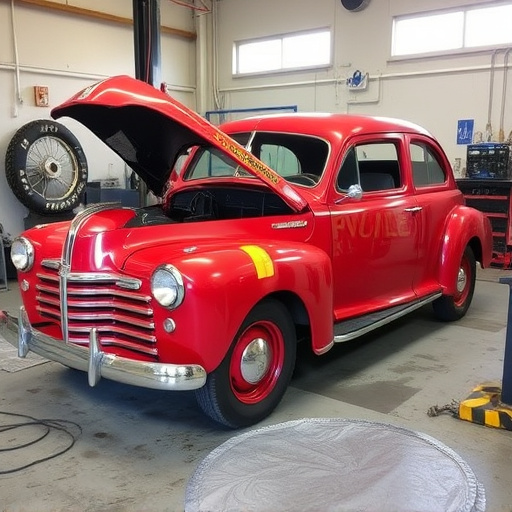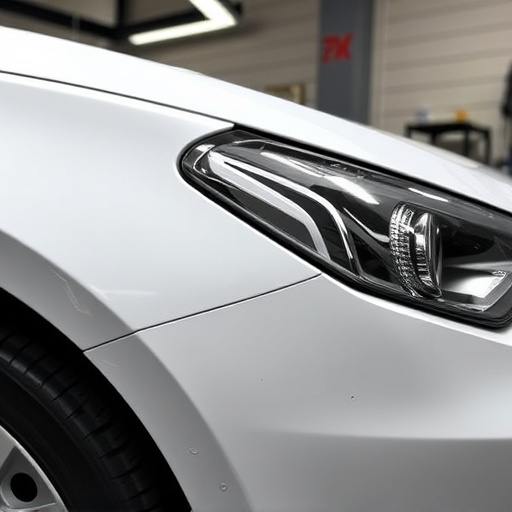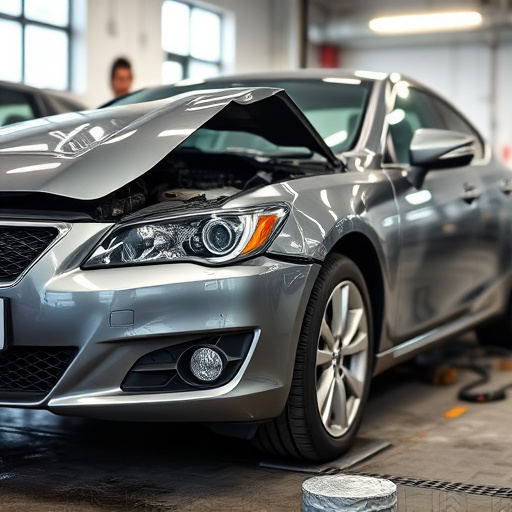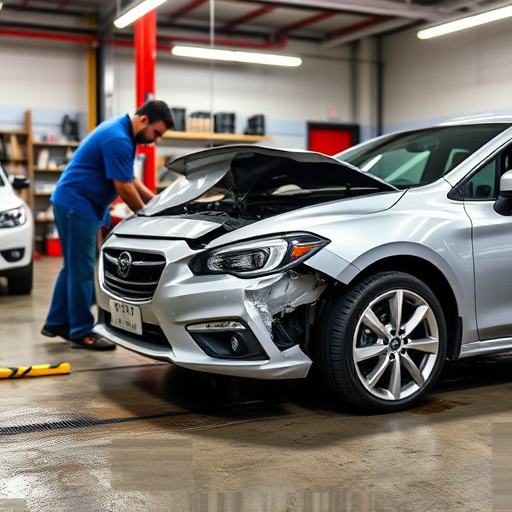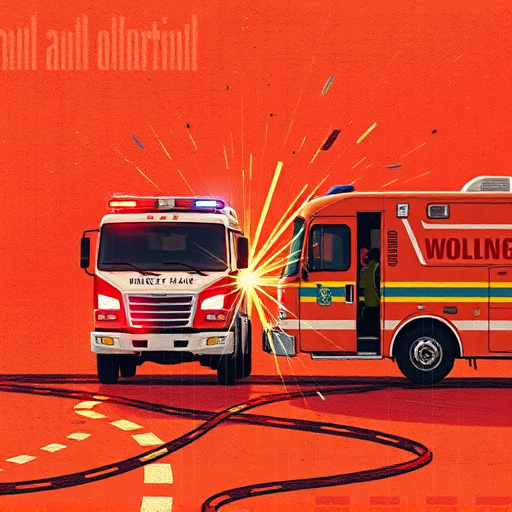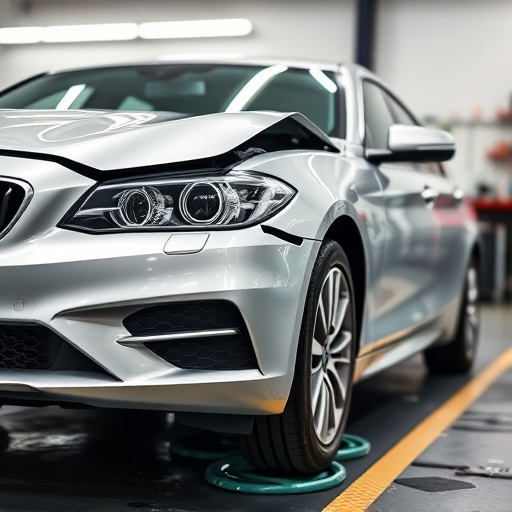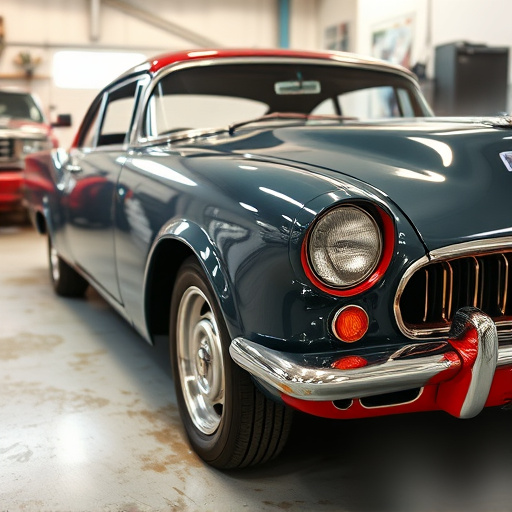Silicon bronze welding, a specialized process using copper, tin, and silicon alloy, offers exceptional corrosion resistance ideal for automotive sectors like fender repair and car damage restoration. Precise gas mixtures of argon, helium, or CO2 manage heat input and oxygen exposure, preventing surface reactions, crucial for precision welding in manufacturing and collision repair centers. Argon and hydrogen blends prove effective, protecting from contamination and enhancing weld strength, making silicon bronze welding versatile for diverse applications including classic car restoration and meticulous bodywork repairs.
“Unleash the potential of silicon bronze welding with the right gas mixture. This comprehensive guide delves into the intricacies of this unique process, revealing how specific gas combinations can optimize performance and quality. From understanding the distinctive properties of silicon bronze to exploring the impact of gas mixtures, we navigate the path to flawless welds. Learn to select the ideal gas combination for superior results in this essential resource for professionals and enthusiasts alike, focusing solely on silicon bronze welding.”
- Understanding Silicon Bronze Welding and Its Unique Properties
- The Role of Gas Mixtures in Welding Process Optimization
- Selecting the Ideal Gas Combination for Optimal Silicon Bronze Welds
Understanding Silicon Bronze Welding and Its Unique Properties
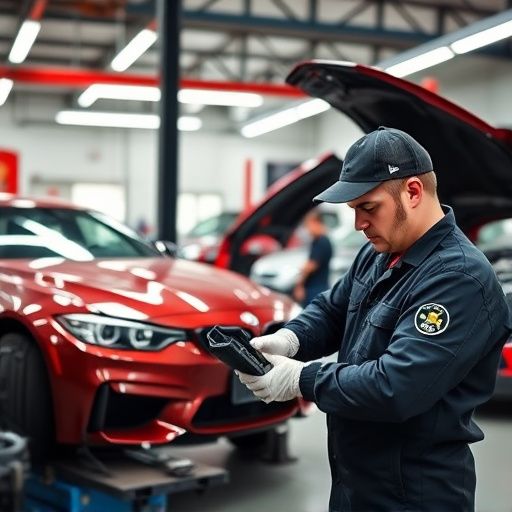
Silicon bronze welding is a specialized process that utilizes an alloy composed of copper, tin, and silicon. This unique metal has exceptional properties, making it ideal for specific applications, especially in automotive sectors like fender repair and car damage restoration. When welded, silicon bronze offers excellent corrosion resistance, a desirable trait for components exposed to harsh environments, such as a car’s exterior.
The welding process itself requires a precise gas mixture to achieve optimal results. The right combination of gases ensures a strong and durable weld, preserving the metal’s inherent strength and corrosion-resistant properties. This is particularly crucial in car body shops where precision and quality are paramount, ensuring that repaired vehicles meet safety standards and provide long-lasting performance, just like new.
The Role of Gas Mixtures in Welding Process Optimization
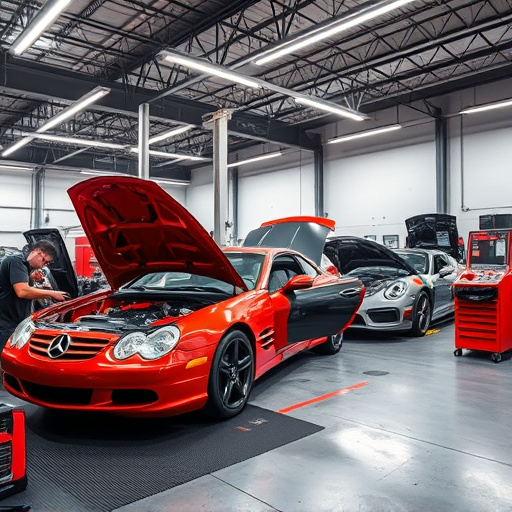
In silicon bronze welding, gas mixtures play a pivotal role in optimizing the entire welding process. The right blend of gases can significantly impact the quality and strength of the weld, ensuring the final product meets industry standards. For instance, a precise mixture of argon, helium, or carbon dioxide (CO2) can provide the necessary heat input while controlling oxygen exposure, which is crucial for preventing unwanted reactions on the surface of the silicon bronze.
This aspect is particularly important in industries such as automotive manufacturing and collision repair centers, where precision welding is essential. Effective gas mixture management allows for better control over the weld pool dynamics, resulting in stronger joints and reduced porosity. Moreover, it aids in achieving consistent welding performance, minimizing defects like a fender bender or misaligned frames commonly seen in substandard frame straightening processes.
Selecting the Ideal Gas Combination for Optimal Silicon Bronze Welds
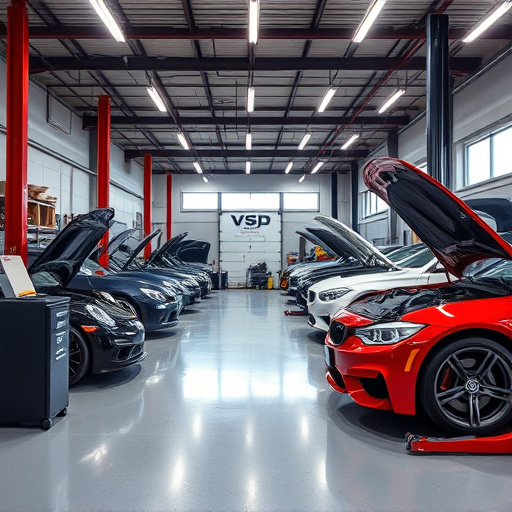
Selecting the ideal gas combination for silicon bronze welding is a crucial step to achieve optimal welds. This process involves understanding the unique properties of silicon bronze and its behavior during the welding process. Silicon bronze, known for its excellent corrosion resistance and mechanical strength, requires a specific gas mixture to facilitate a clean and strong fusion.
The classic car restoration and auto body services industries frequently employ silicon bronze welding for repairs due to its versatility. A common and effective gas mixture for this metal is a blend of argon and hydrogen. Argon provides a stable shield against atmospheric contamination, ensuring the weld remains pure. Hydrogen, on the other hand, enhances the weld’s strength and ductility, making it ideal for intricate car bodywork services where precision and flexibility are key. This combination strikes a balance between protection and performance, resulting in high-quality welds suitable for various applications, including classic car restoration projects.
Choosing the right gas mixture is paramount for achieving high-quality silicon bronze welds. By understanding the unique properties of silicon bronze welding and the crucial role of gas mixtures in process optimization, you can select the ideal combination to enhance bond strength, minimize porosity, and ensure consistent results. This expert guidance ensures that your silicon bronze welding projects meet the highest standards of precision and durability.


